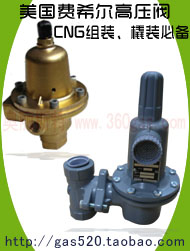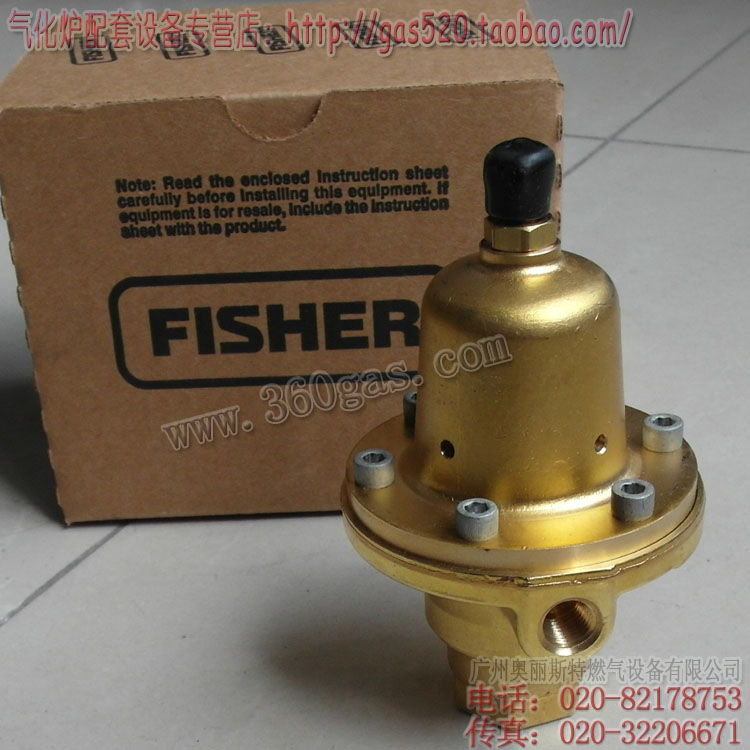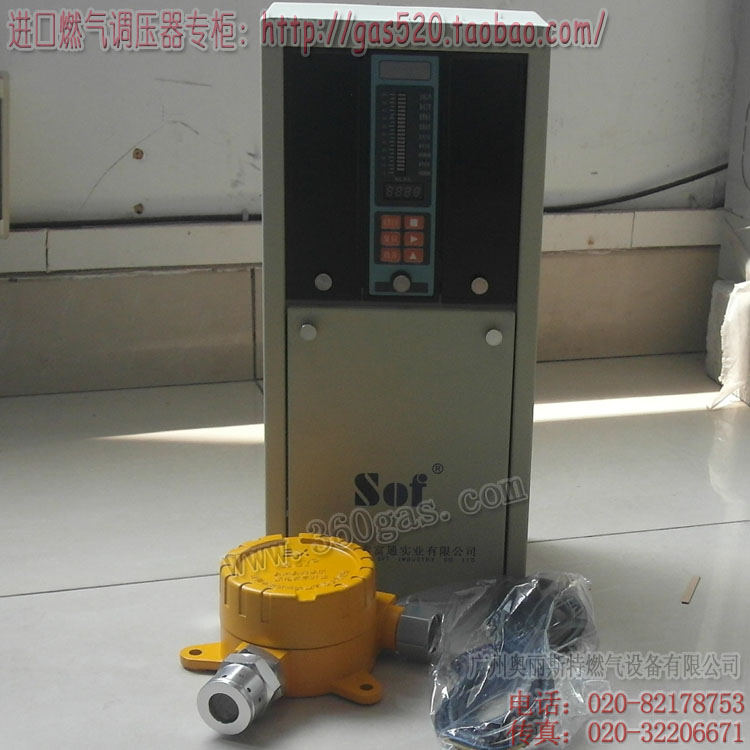位置:首页 > 燃气资讯 > Bulk Carriers to A
Bulk Carriers to Adopt Wärtsilä Dual-Fuel Engine Technology
浏览次数 707 , 日期 2014-09-25 , 燃气设备 加入收藏
The increasing use of LNG as a marine fuel is further emphasised with the latest order for Wärtsilä’s dual-fuel engine technology. A new cement carrier being built at the Scheepswerf Ferus Smit yard in the Netherlands will feature a 6-cylinder Wärtsilä 34DF main engine, making it the first bulk carrier to adopt Wärtsilä’s multi fuel capability. The ship has been ordered by JT Cement, a joint venture between Erik Thun AB of Sweden and KG Jebsen Cement of Norway.美国fisher原装燃气调压器
By opting for Wärtsilä’s proven dual-fuel (DF) technology, the vessel will be able to operate on liquefied natural gas (LNG) and a choice of other fuels, including marine diesel fuel, bio fuel and heavy fuel oil. The switch from gas to diesel can be made instantly and without loss of power. In gas mode, the engine fulfils the IMO’s Tier III requirements without need of any after treatment systems. This is especially important since the ship will operate in Northern European waters, meaning that it will spend time in Sulphur Emission Control Areas (SECA).
“The arguments in favour of gas fuel are so strong that it is no surprise that more and more vessel types are adopting its use. LNG is no longer a ‘niche’ fuel for a few specific types of ship; nowadays virtually all merchant vessels can take advantage of the environmental and cost saving benefits that LNG fuel offers. Wärtsilä is proud to be a technology leader in making this possible,” says Lars Anderson, Vice President, 4-Stroke Sales, Wärtsilä Ship Power.
“Wärtsilä has a well established and proven track record in dual-fuel engine technology. The selected Wärtsilä 34DF engine is a proven and flexible engine, which should ensure lower emissions and competitive energy and operation cost,” says Anders Källsson, Managing Director, Erik Thun AB.
Wärtsilä has long standing relationships with both the shipyard and Erik Thun AB, having supplied a number of engines to these customers in the past. The current vessel is scheduled for delivery before the end of 2015. There is a possibility that a second cement carrier will be built as part of this particular series.
By opting for Wärtsilä’s proven dual-fuel (DF) technology, the vessel will be able to operate on liquefied natural gas (LNG) and a choice of other fuels, including marine diesel fuel, bio fuel and heavy fuel oil. The switch from gas to diesel can be made instantly and without loss of power. In gas mode, the engine fulfils the IMO’s Tier III requirements without need of any after treatment systems. This is especially important since the ship will operate in Northern European waters, meaning that it will spend time in Sulphur Emission Control Areas (SECA).
“The arguments in favour of gas fuel are so strong that it is no surprise that more and more vessel types are adopting its use. LNG is no longer a ‘niche’ fuel for a few specific types of ship; nowadays virtually all merchant vessels can take advantage of the environmental and cost saving benefits that LNG fuel offers. Wärtsilä is proud to be a technology leader in making this possible,” says Lars Anderson, Vice President, 4-Stroke Sales, Wärtsilä Ship Power.
“Wärtsilä has a well established and proven track record in dual-fuel engine technology. The selected Wärtsilä 34DF engine is a proven and flexible engine, which should ensure lower emissions and competitive energy and operation cost,” says Anders Källsson, Managing Director, Erik Thun AB.
Wärtsilä has long standing relationships with both the shipyard and Erik Thun AB, having supplied a number of engines to these customers in the past. The current vessel is scheduled for delivery before the end of 2015. There is a possibility that a second cement carrier will be built as part of this particular series.








